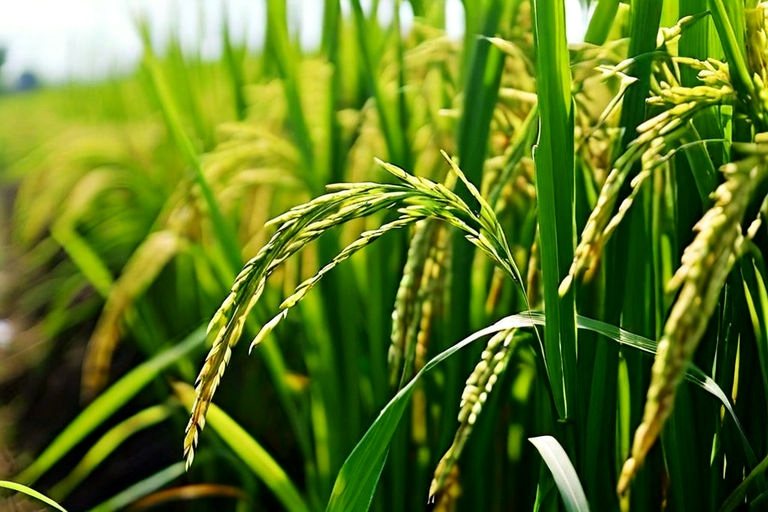How can we increase crop yield?

Enhancing Crop Yields: An In-Depth Analysis
Farming is a complex, multifaceted endeavor, and the question of how to increase crop yield is one that has been tackled by agricultural scientists and farmers alike for centuries. In modern times, the focus has shifted towards sustainable, eco-friendly methods that not only boost yield, but also preserve the health of the soil and the surrounding environment. This article delves into the various strategies that can be employed to increase crop yield, all the while maintaining a sustainable approach to farming.
Understanding the Basics of Crop Yield
Before we delve into the methods of increasing crop yield, it's crucial to comprehend what crop yield is. Simply put, crop yield refers to the quantity of crop that is harvested per unit of land area. It's a key indicator of agricultural productivity and is often measured in terms of weight.
Improving Soil Health
The soil is the foundation of any agricultural endeavor. Healthy soil, rich in organic matter and nutrients, is a prerequisite for high crop yield. Regular soil testing can help identify nutrient deficiencies and pH imbalances, enabling farmers to amend the soil appropriately. Composting and the use of organic fertilizers can help enhance soil fertility, while crop rotation and cover cropping can prevent the depletion of nutrients and suppress weed growth.
Optimizing Water Management
Water is another critical factor in crop production. Too much or too little water can detrimentally impact yield. Hence, implementing efficient irrigation systems like drip irrigation or sprinkler systems can ensure that crops receive the optimal amount of water. Additionally, water conservation techniques such as mulching and rainwater harvesting can be beneficial, especially in areas prone to drought.
Choosing the Right Crops and Varieties
Choosing the right crops and varieties to plant is another crucial aspect of maximizing yield. Certain crops and varieties are more suited to specific climates, soil types, and seasons than others. Hence, farmers should select crops and varieties that are well-adapted to their farm's specific conditions. Moreover, using high-yielding varieties and hybrids can significantly boost yield.
Implementing Precision Agriculture
Precision agriculture involves the use of advanced technologies like GPS, remote sensing, and data analytics to manage agricultural operations more accurately and efficiently. By providing detailed, real-time information about the conditions of the field, these technologies enable farmers to make more informed decisions, thereby enhancing productivity and yield.
Pest and Disease Management
Pests and diseases can significantly reduce crop yield. Therefore, implementing effective pest and disease management strategies is essential. These can include biological control methods, the use of resistant varieties, and the judicious use of pesticides. Regular monitoring of crops can also help detect and manage pest and disease outbreaks early.
Enhancing Post-Harvest Management
Increasing crop yield isn't just about what happens in the field. Post-harvest losses can significantly reduce the amount of crop that actually makes it to market. Therefore, improving post-harvest management practices, such as proper handling, storage, and processing, can help increase the overall yield.
Conclusion: The Future of Crop Yield Enhancement
In conclusion, increasing crop yield involves a multifaceted approach that encompasses various aspects of farming, from soil health and water management to crop selection and post-harvest management. It's not merely about maximizing production but doing so in a sustainable way that preserves the health of the soil and the environment. As agricultural technology continues to evolve, farmers now have more tools at their disposal than ever before to optimize their operations and enhance their yields. However, it's crucial to remember that each farm is unique, and what works for one may not work for another. Therefore, farmers should continually learn, adapt, and innovate to find the strategies that work best for their specific conditions.

